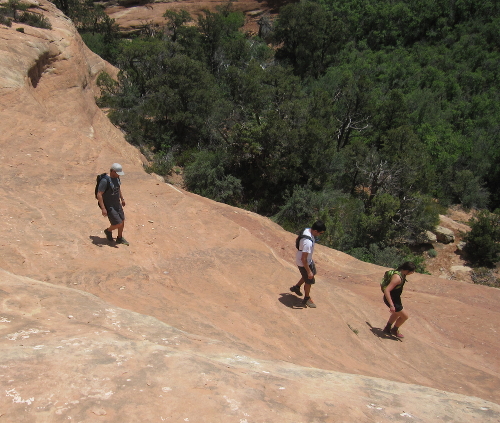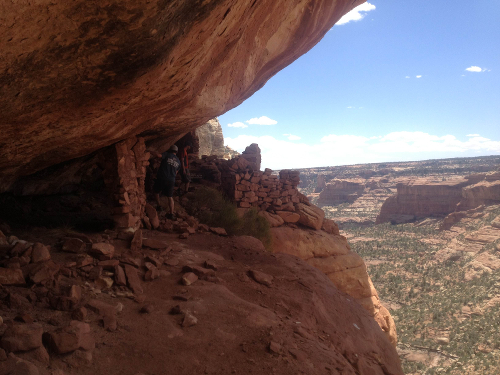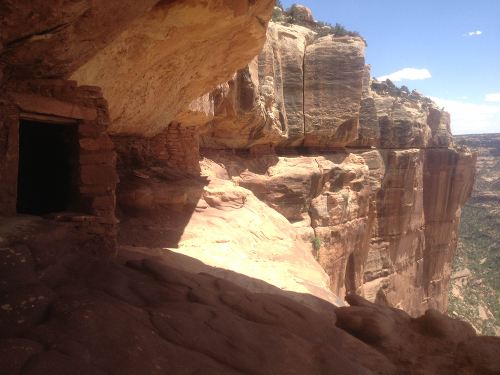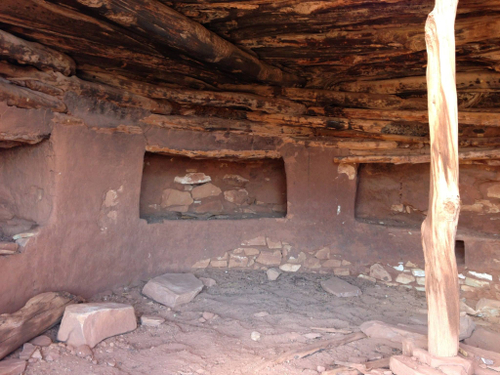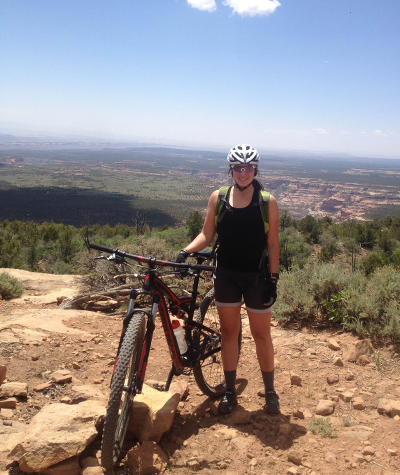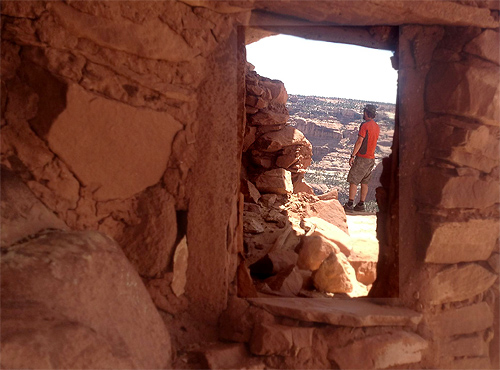
We were 10 miles into the desert when the cliff dwelling came into view. It was noon in southeastern Utah, deep in the Abajo Mountains, and I was on an adventure looking for the past.
The Anasazi Indians lived in these canyons for hundreds of years. The traces of their lives are still visible high in the sandstone walls today, including bricks, fire rings, pottery, granary storage vessels, and even tiny cobs of preserved corn.
I’d come to Utah to mountain bike and trek into the Abajo’s wilderness depths. Along with two guides from Western Spirit Cycling Adventures my group of 10 would camp in the desert for just two nights.
But in the short trip we explored two canyons and got a glimpse of ruins and sites few people ever see.
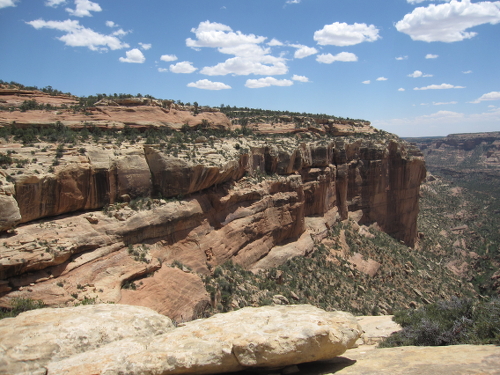
The main attraction was Lewis Lodge. This site dates to the 13th century and is known as one of the best preserved Anasazi dwellings in the region. Found far in the desert, we used mountain bikes and hiking shoes to access the site.
An hour-long ride took us to the mouth of Arch Canyon. We left our bikes in an abandoned corral and switched footwear. I laced up my Ecco BIOM hiking shoes for a steep hike ahead.
From that spot, we followed a vague path across slick rock. In a half-hour, at the top of a band of cliffs, the ruins came into view.
